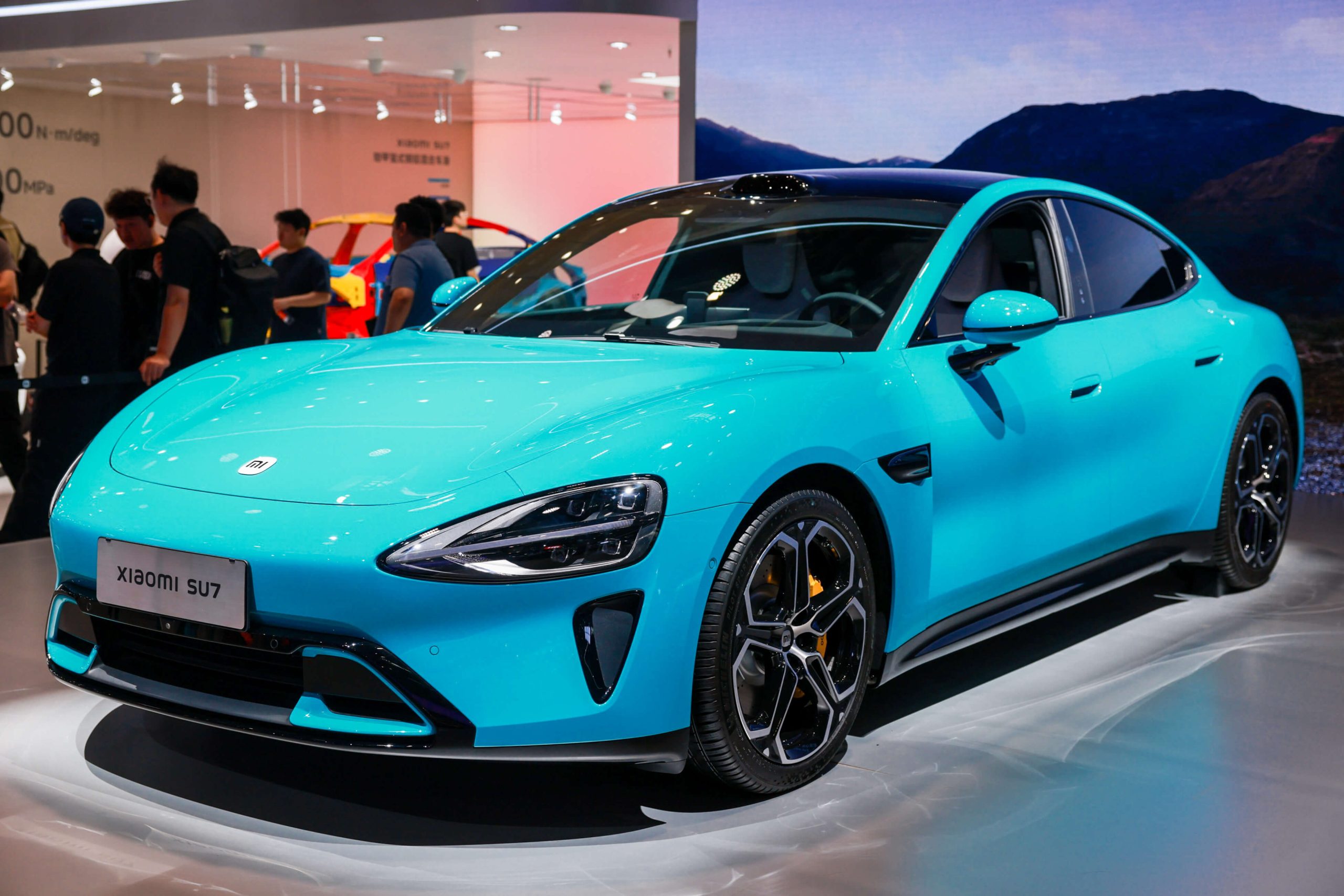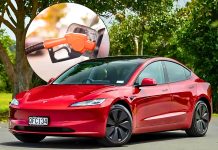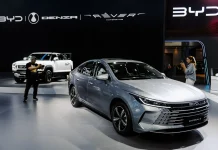With software, automakers can easily change or remove car features using an OTA (over-the-air) update. Yet, when Xiaomi reduced the SU7 Ultra electric vehicle’s power by 648 horsepower through updates, angry customers were justified in their reaction.
Like many electric supercars, the Xiaomi SU7 Ultra has 1,548 horsepower and can reach 60 MPH in under 2 seconds, which managed to beat the Model S in a drag race. The $73,000 price point has made it clear that the car is China’s response to the Tesla Model S Plaid and Porsche Taycan Turbo GT. The value was superb, but Xiaomi ended the project by shutting it down.

The Update that Outrage Owners
According to the last OTA update, all regular trips in the Xiaomi SU7 Ultra will now only use 900 horsepower. To reach the maximum power of the car, owners needed to complete a lap at a Xiaomi-approved racetrack for qualifying mode. The update even added a 60-second timer before launch control was available, which took away much of the car’s extra power to start from rest.
Xiaomi argued that the car is only for use on a race track to ensure safety, since daily roads might not be safe. “The full 1,548 horsepower output is designed for circuit use with appropriate tires and preparation,” said the company in a statement via Car News China. “We want to ensure owners can enjoy this performance safely.”
As expected, the opposition began right away. Many angry customers turned to social media to vent their disappointment. Some stated that since they had bought 1,548 horsepower, they should have all the features available. Some people pointed out the irony of Xiaomi marketing how powerful the car was while reducing how effective it became whenever a new version was released. Many drivers felt that Xiaomi was treating them as if they weren’t the ones in control behind the wheel.
Backlash leading to Rolling Back the Update
Because of the pressure from buyers and fans, Xiaomi made a different decision. After restoring its full power, the company admitted to the mistake and released a statement.
“We appreciate the passionate feedback from our community and will ensure better transparency moving forward,” said Xiaomi.
It demonstrates that the auto industry is facing increased conflict. Nowadays, many of a car’s features can be modified by manufacturers after selling the vehicle. The events involving Xiaomi show what could happen to other carmakers as well. As cars get smarter, buyers are no longer satisfied unless they own what they bought, just as they would with a smartphone.
Interestingly, Xiaomi isn’t alone in gatekeeping the performance. Those who choose Tesla often have the option to pay to unlock “Acceleration Boost,” letting the car complete a 0-100 km/h run a sixth of a second faster. The difference? Tesla makes it clear that these features are available as an extra option and not removed after you’ve driven away. Xiaomi managed to keep clear of this issue due to its open transparency.
In the United States, the introduction of Xiaomi would very likely result in lawsuits or increased government regulation due to the importance placed on performance advertising. No automaker wants to be involved in a case like Volkswagen’s Dieselgate scandal after what happened to them. Overall, Xiaomi’s speedy correction indicates just how sensitive users are to performance issues, especially when it involves cars. Software will certainly play a big part in driving ahead, but customers are still leading the way.


















